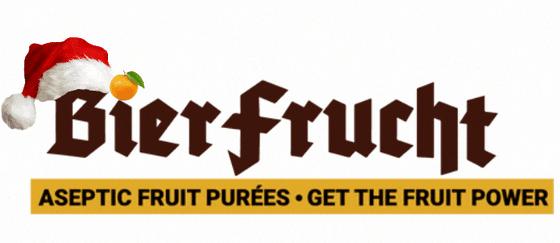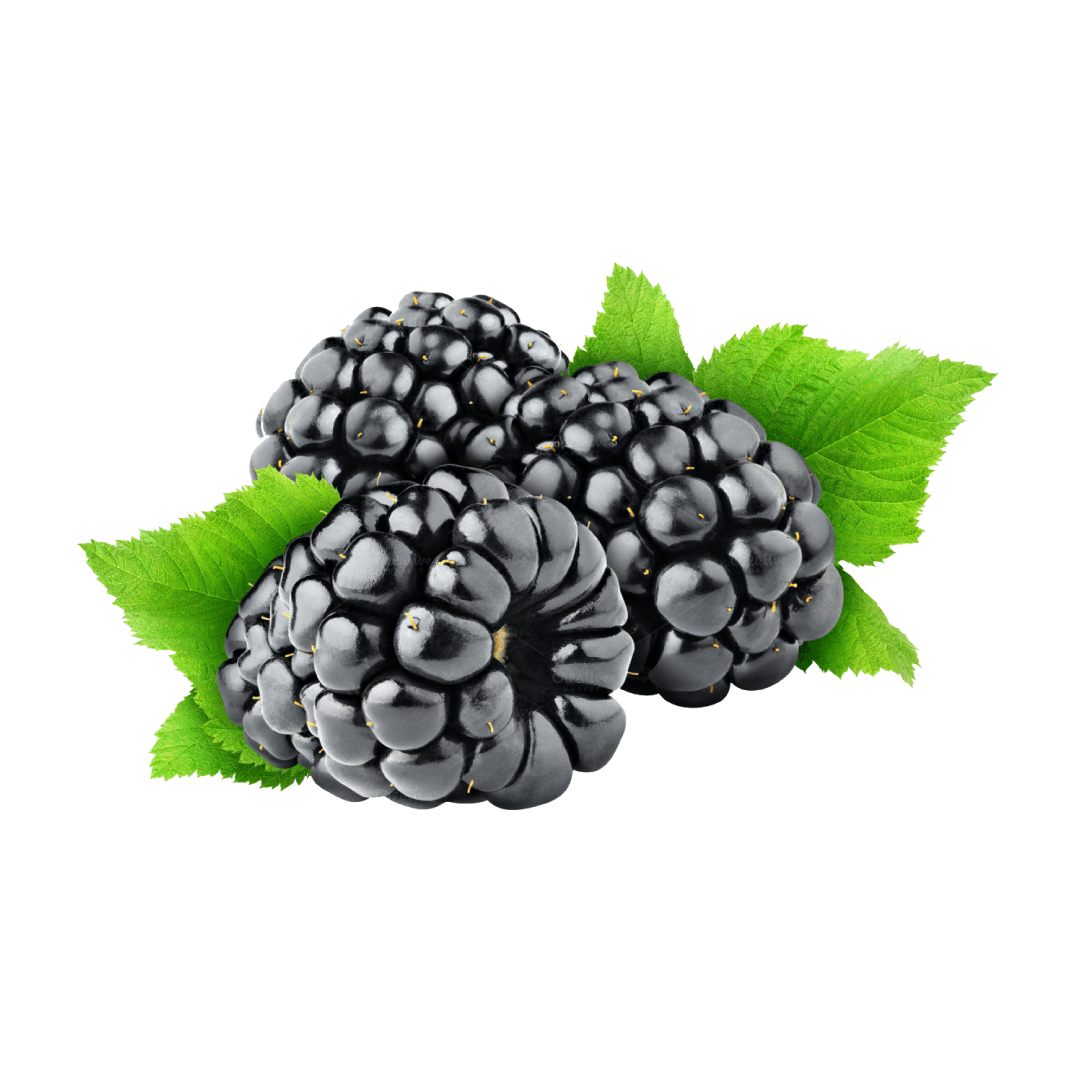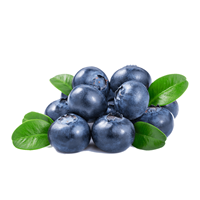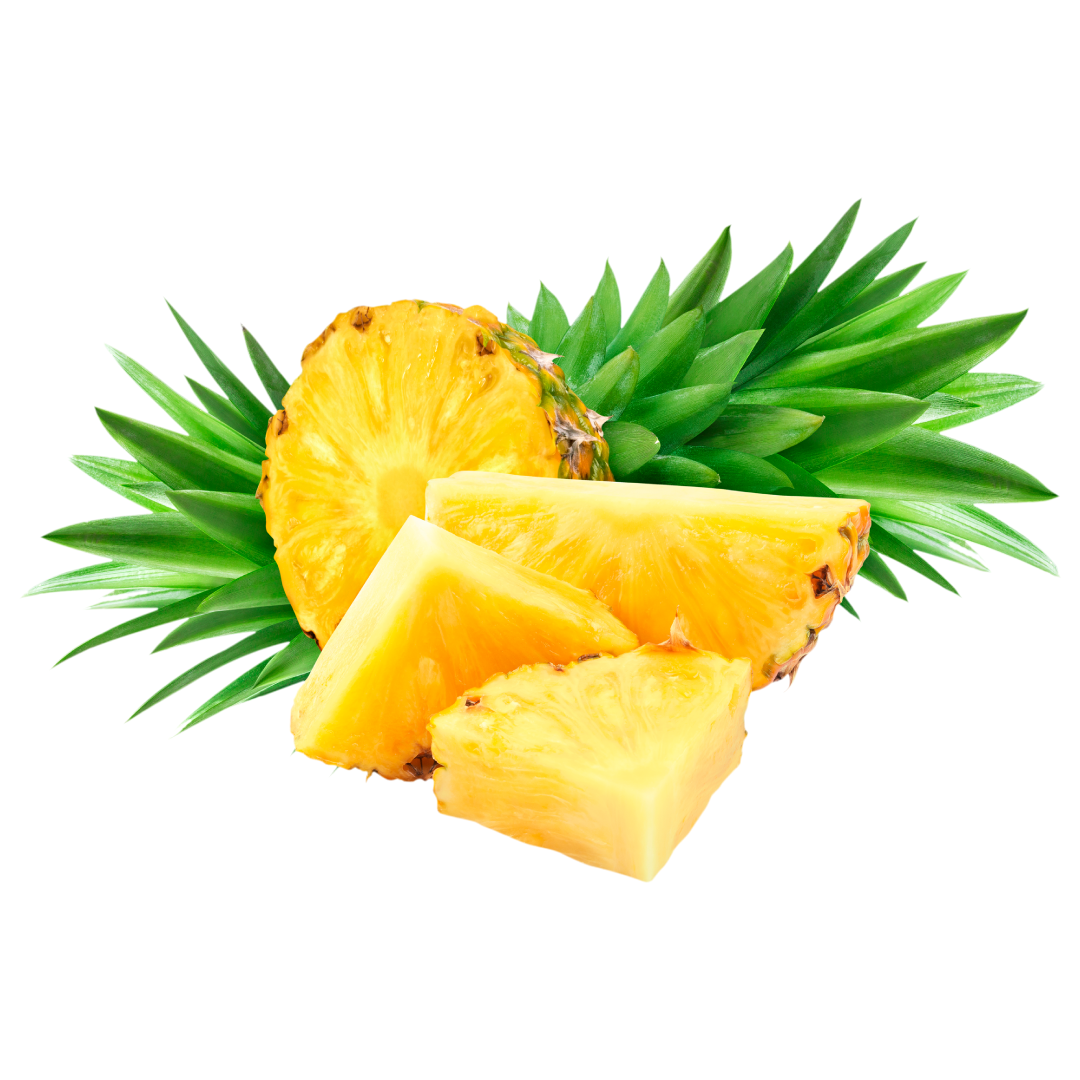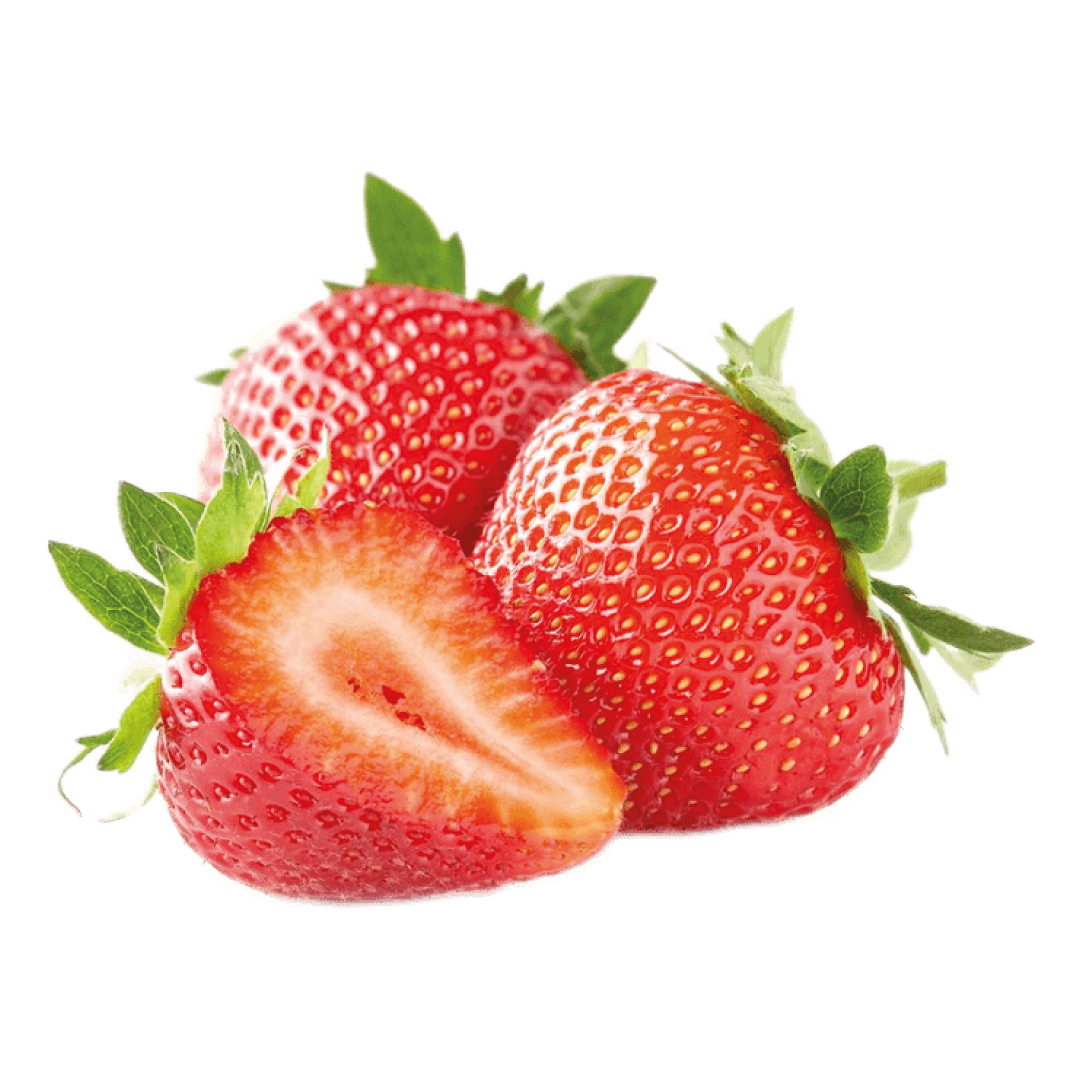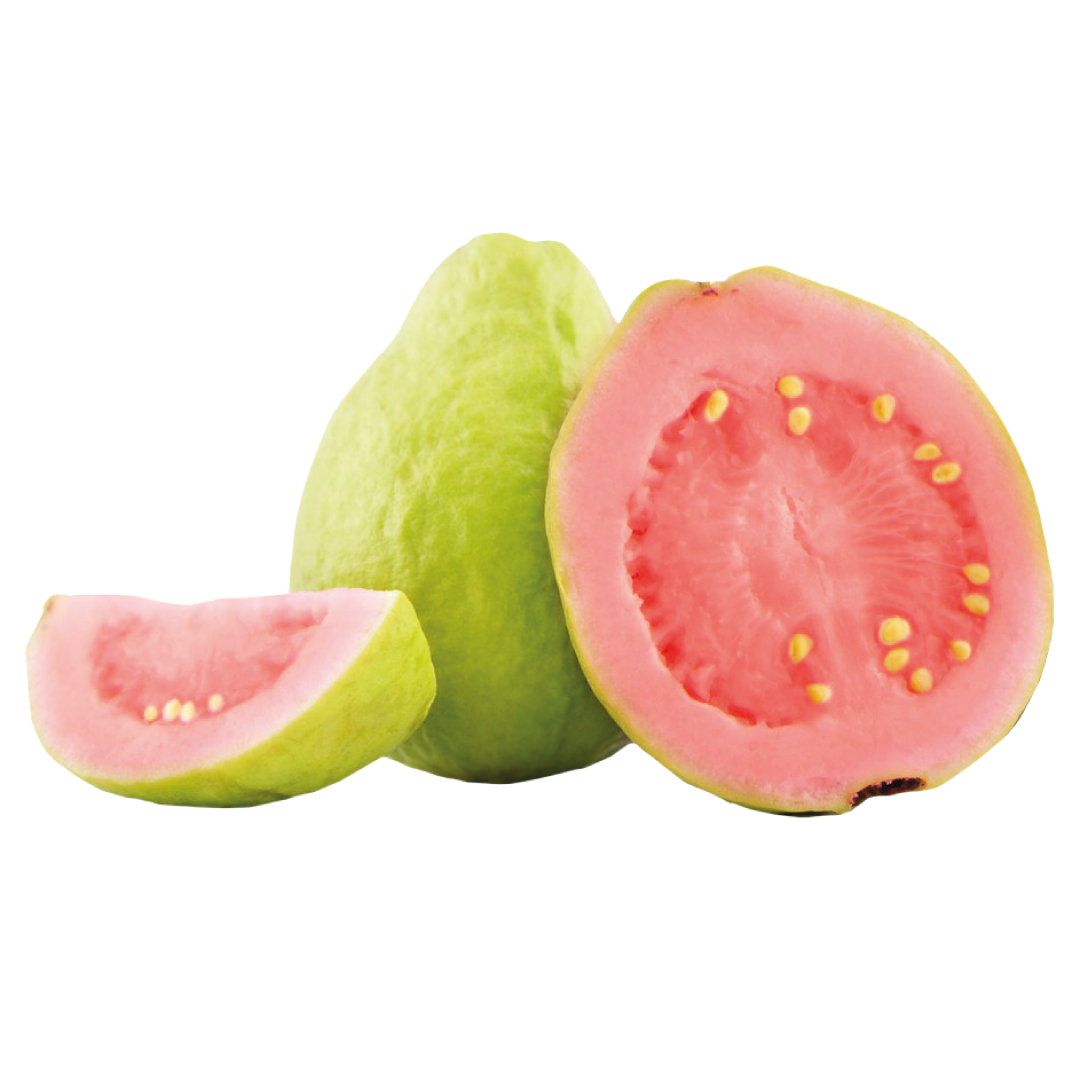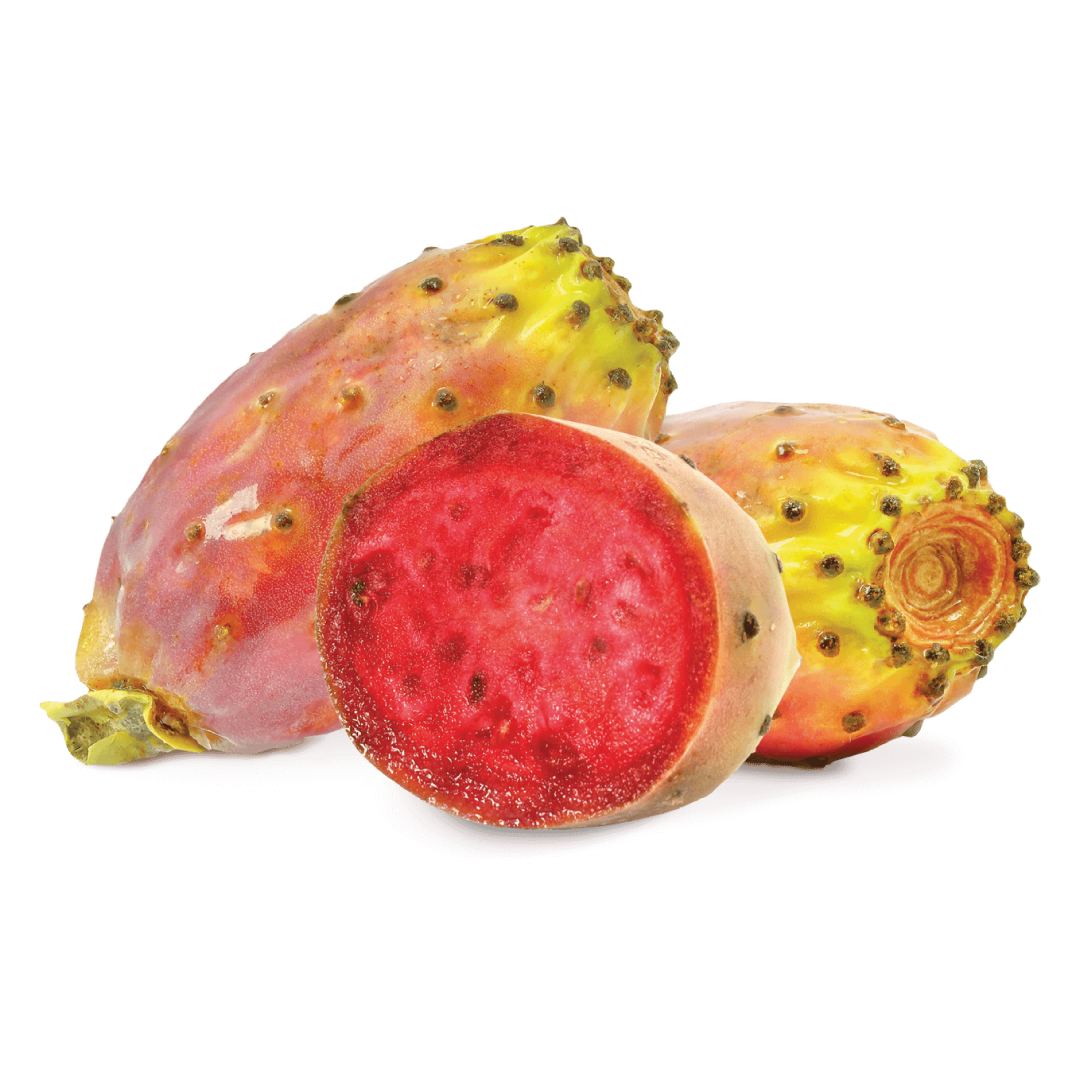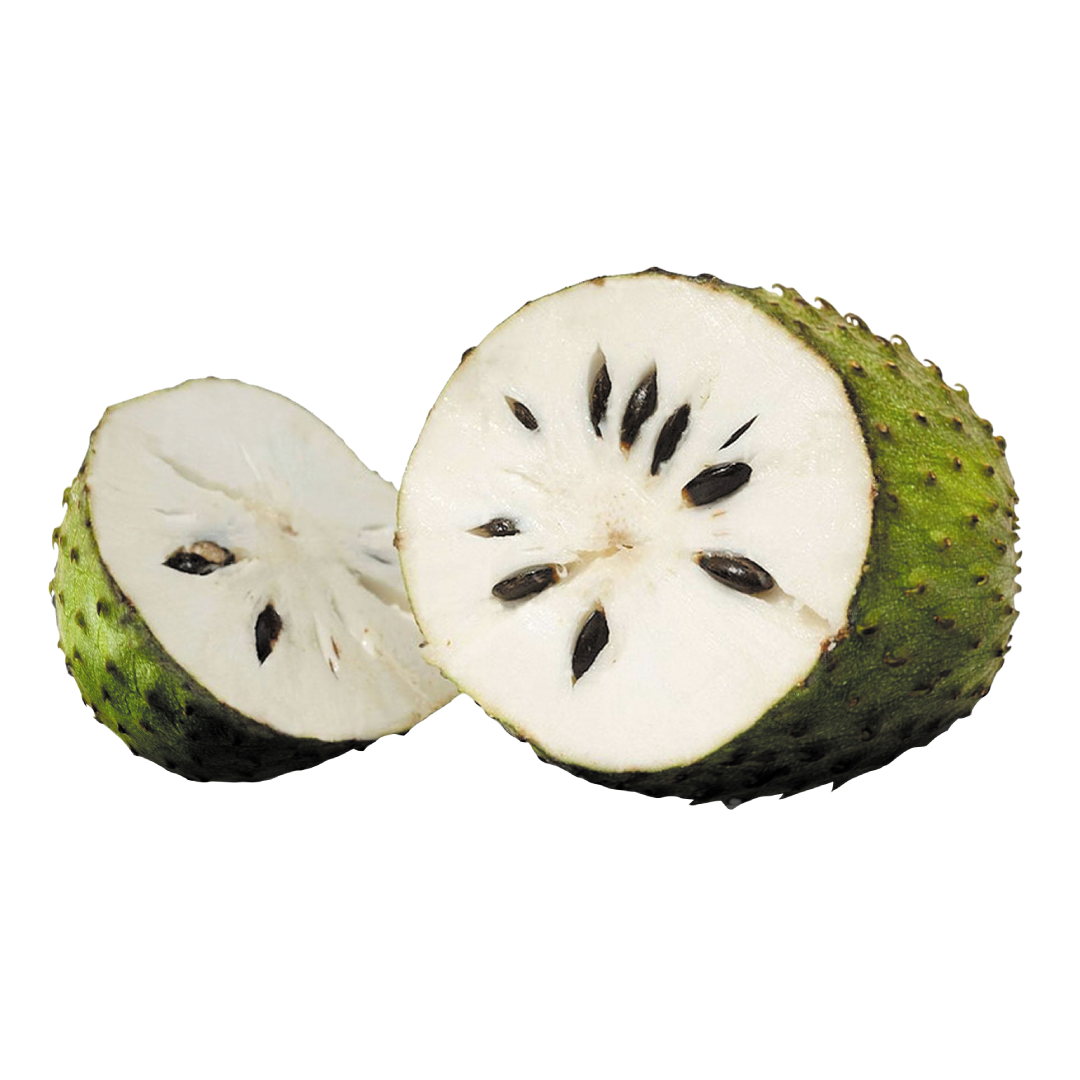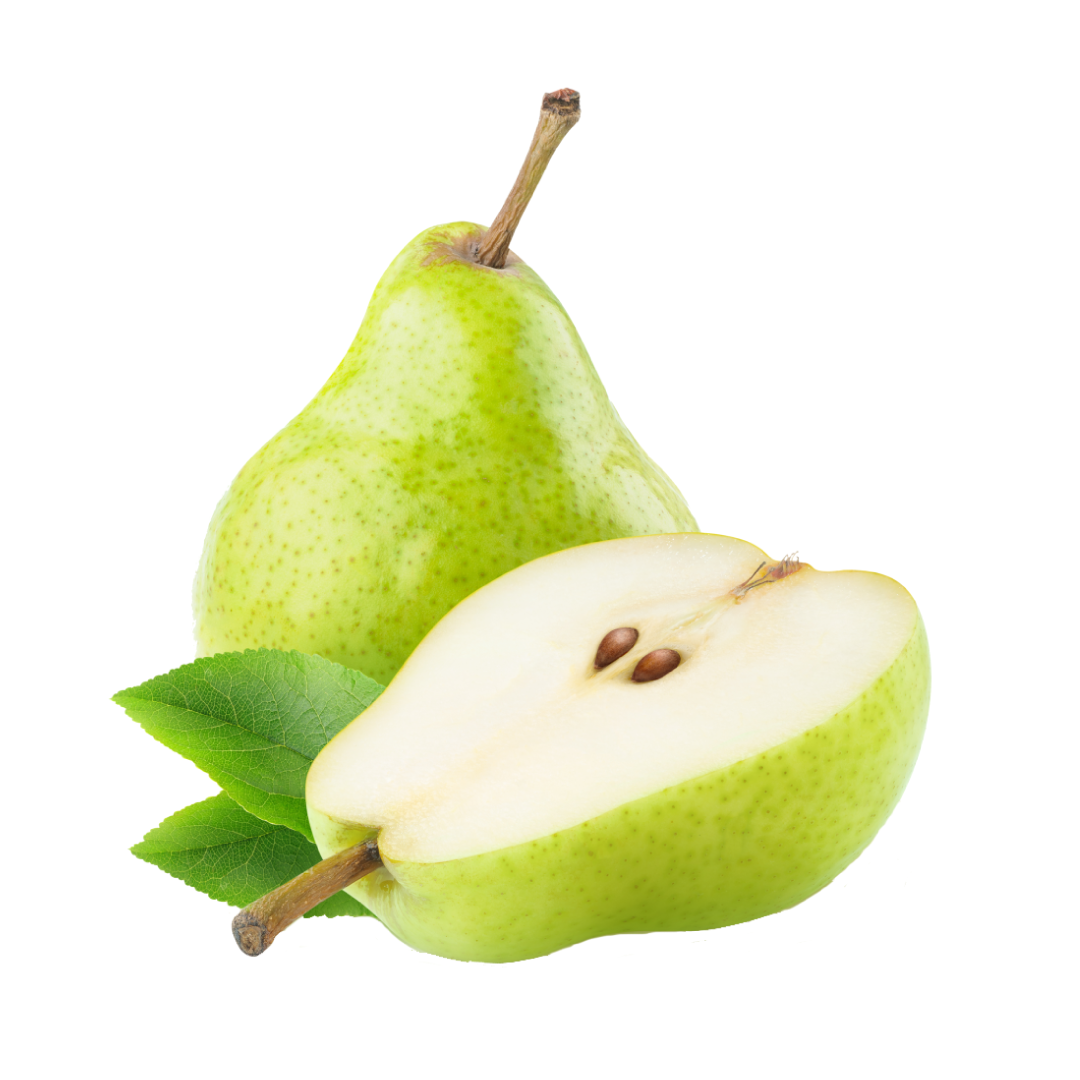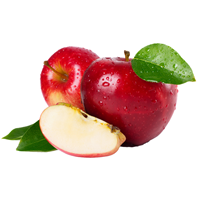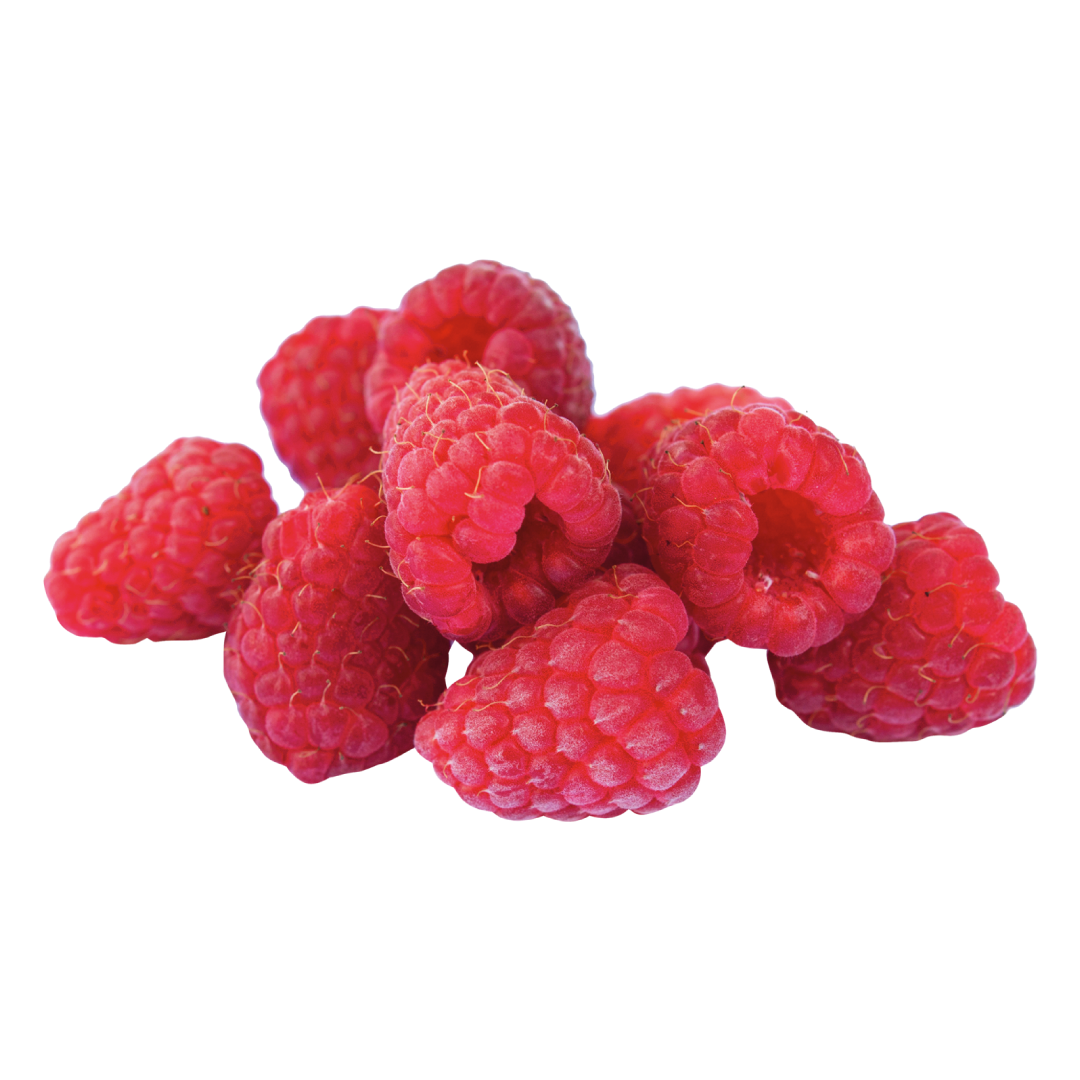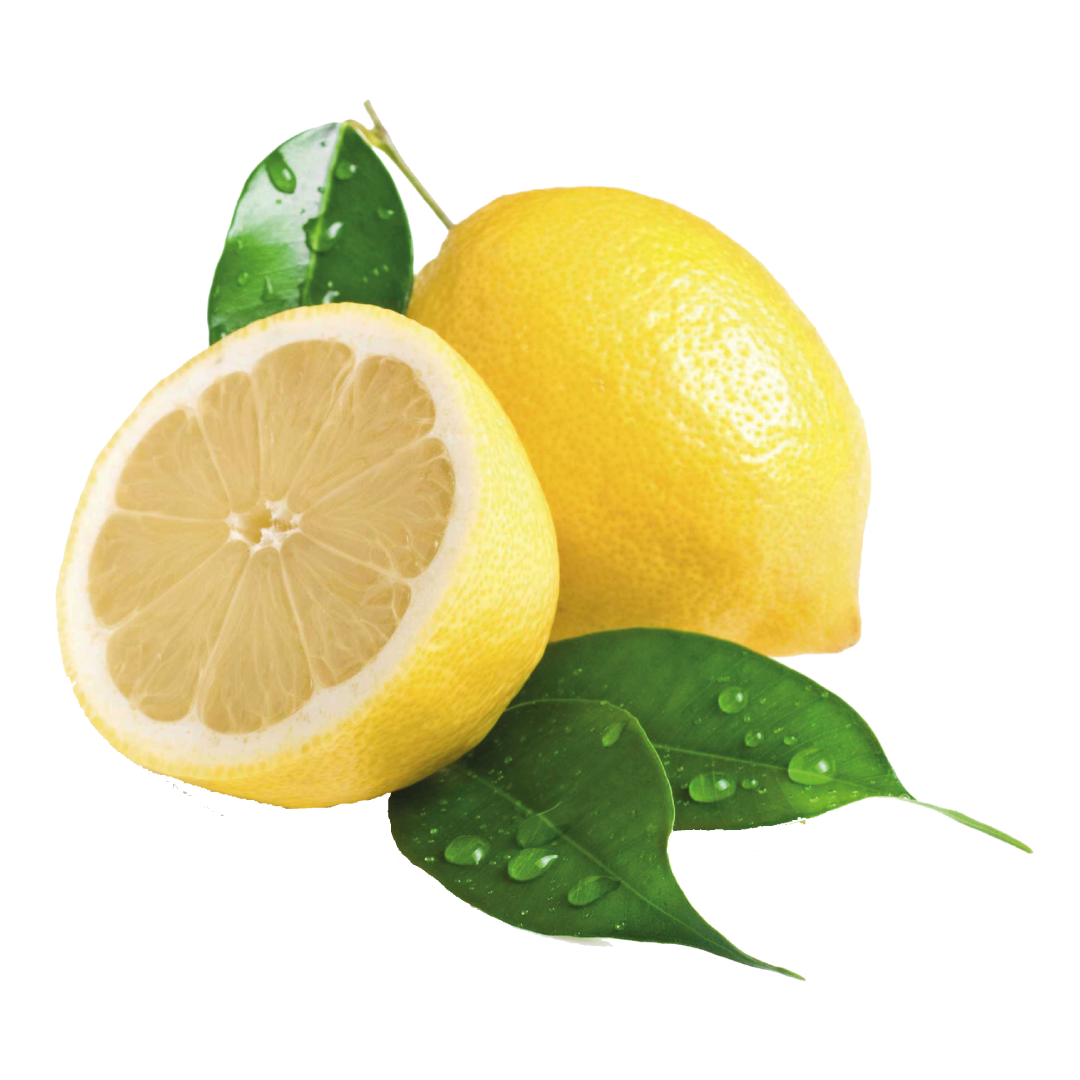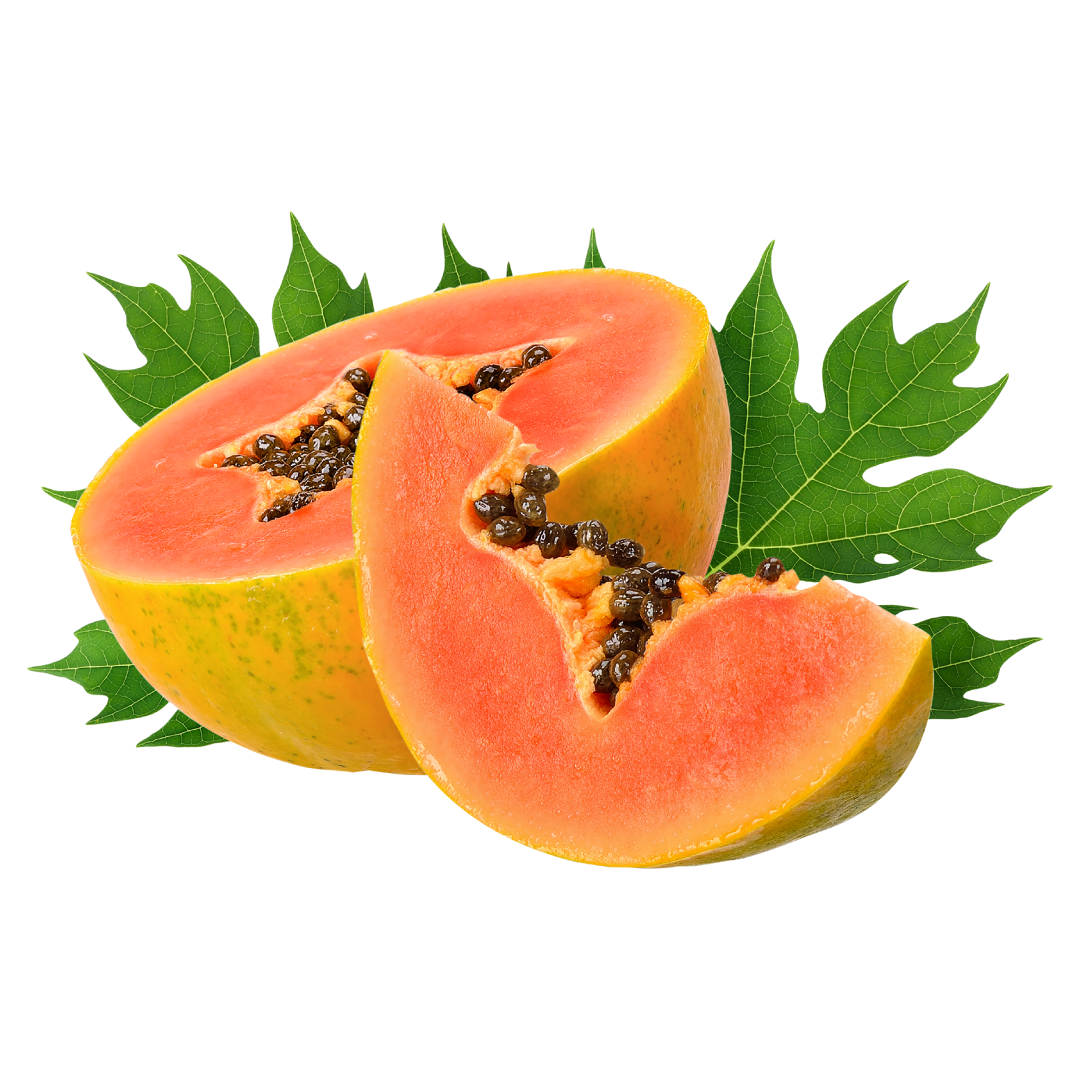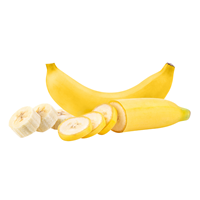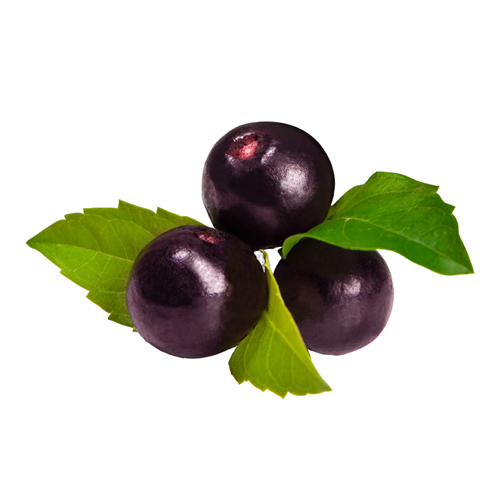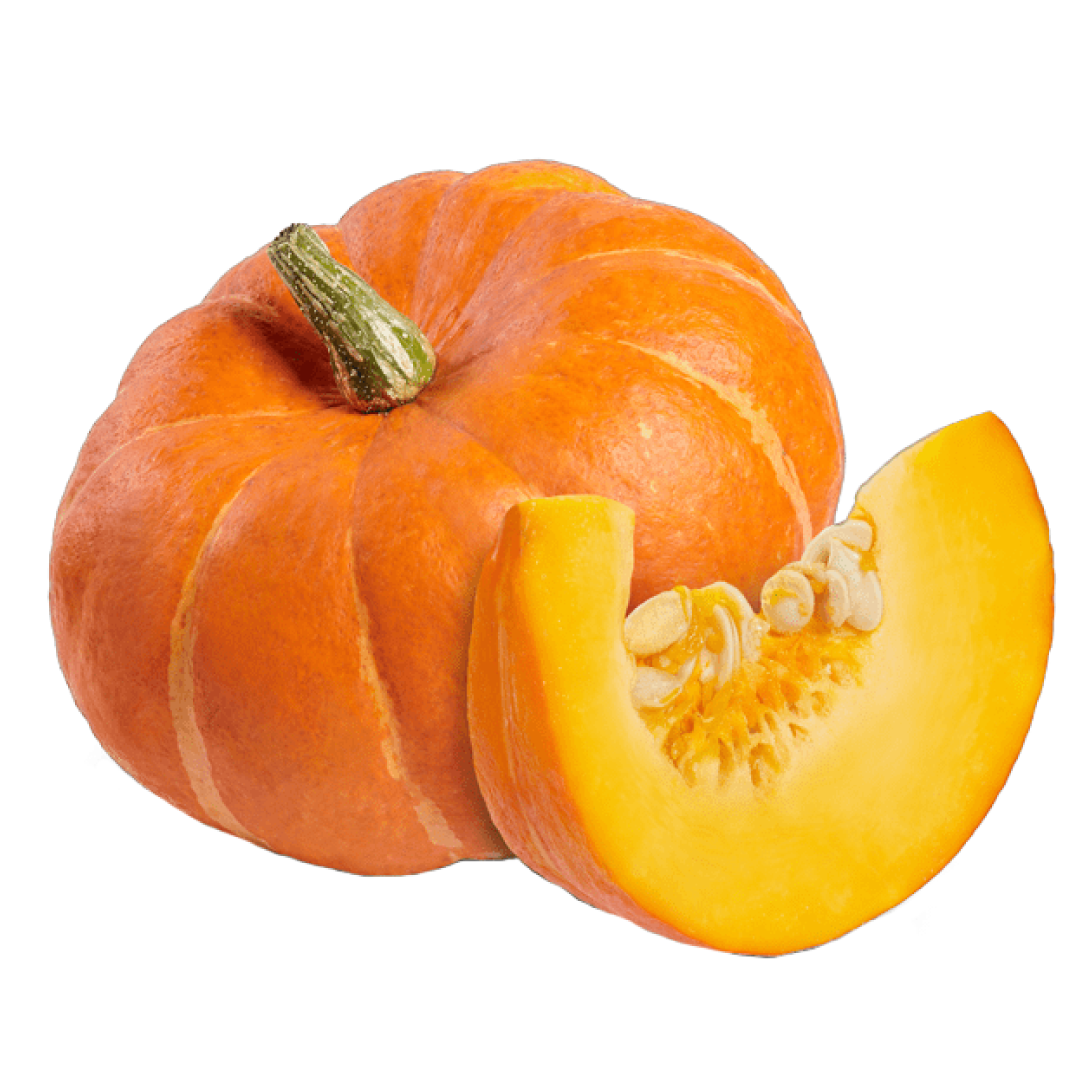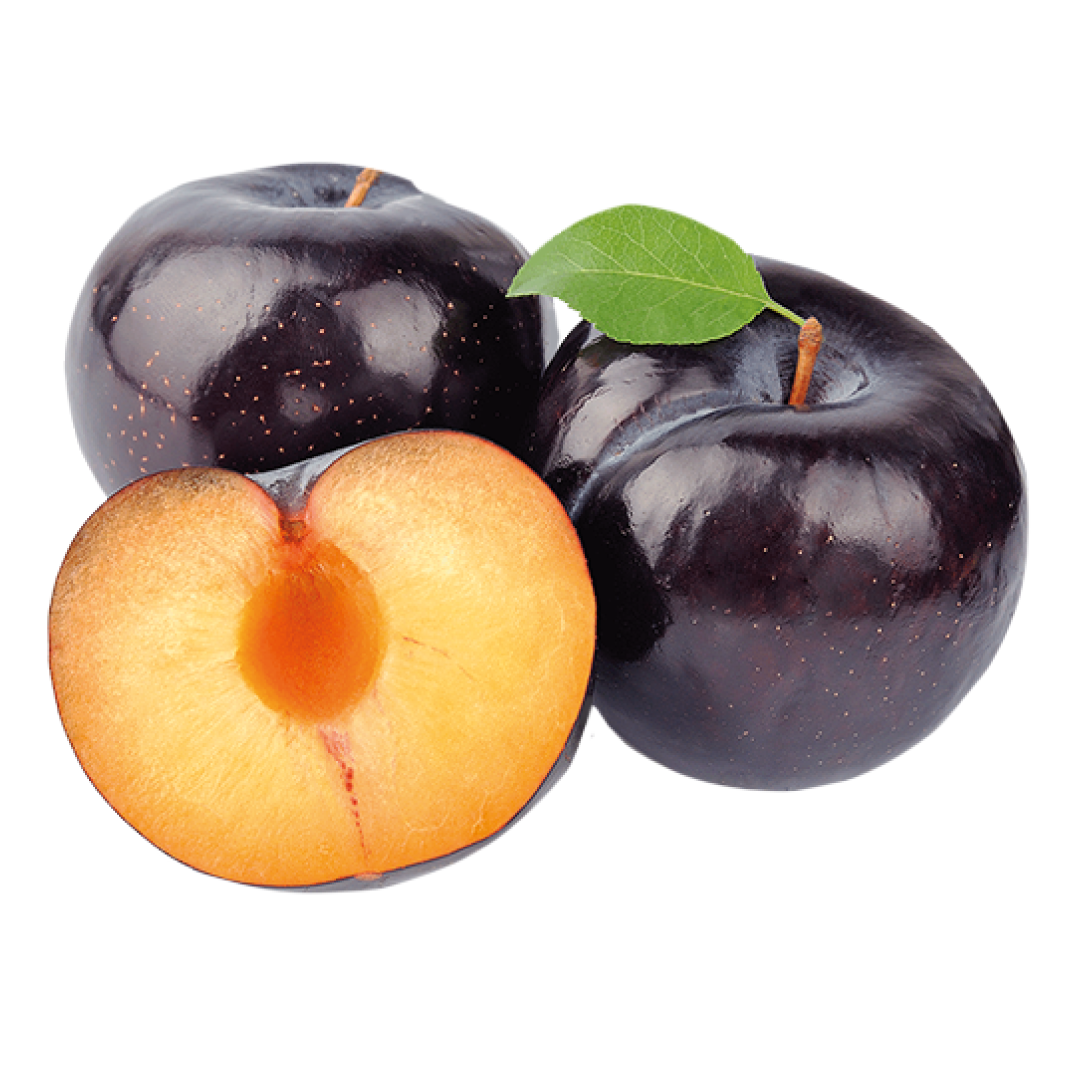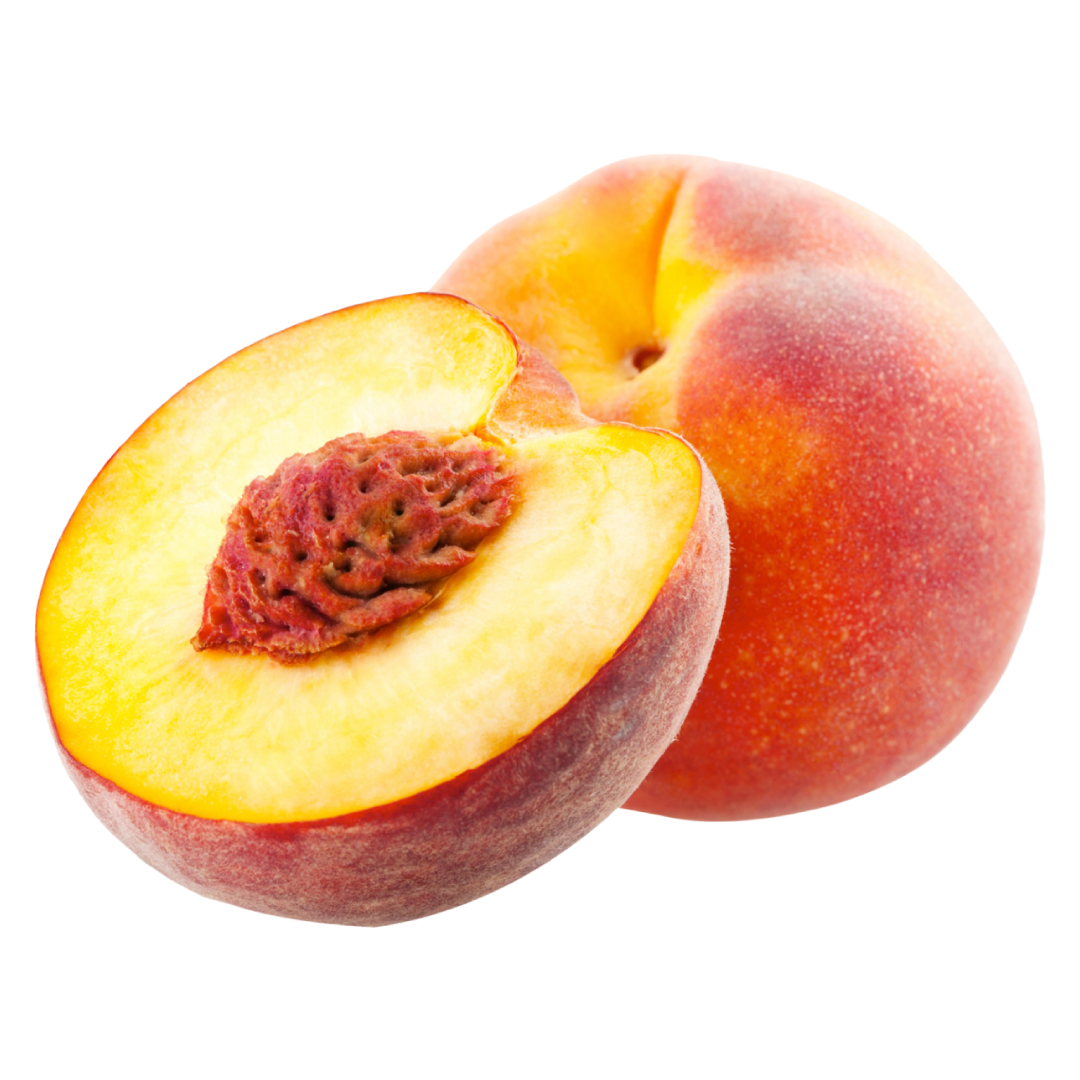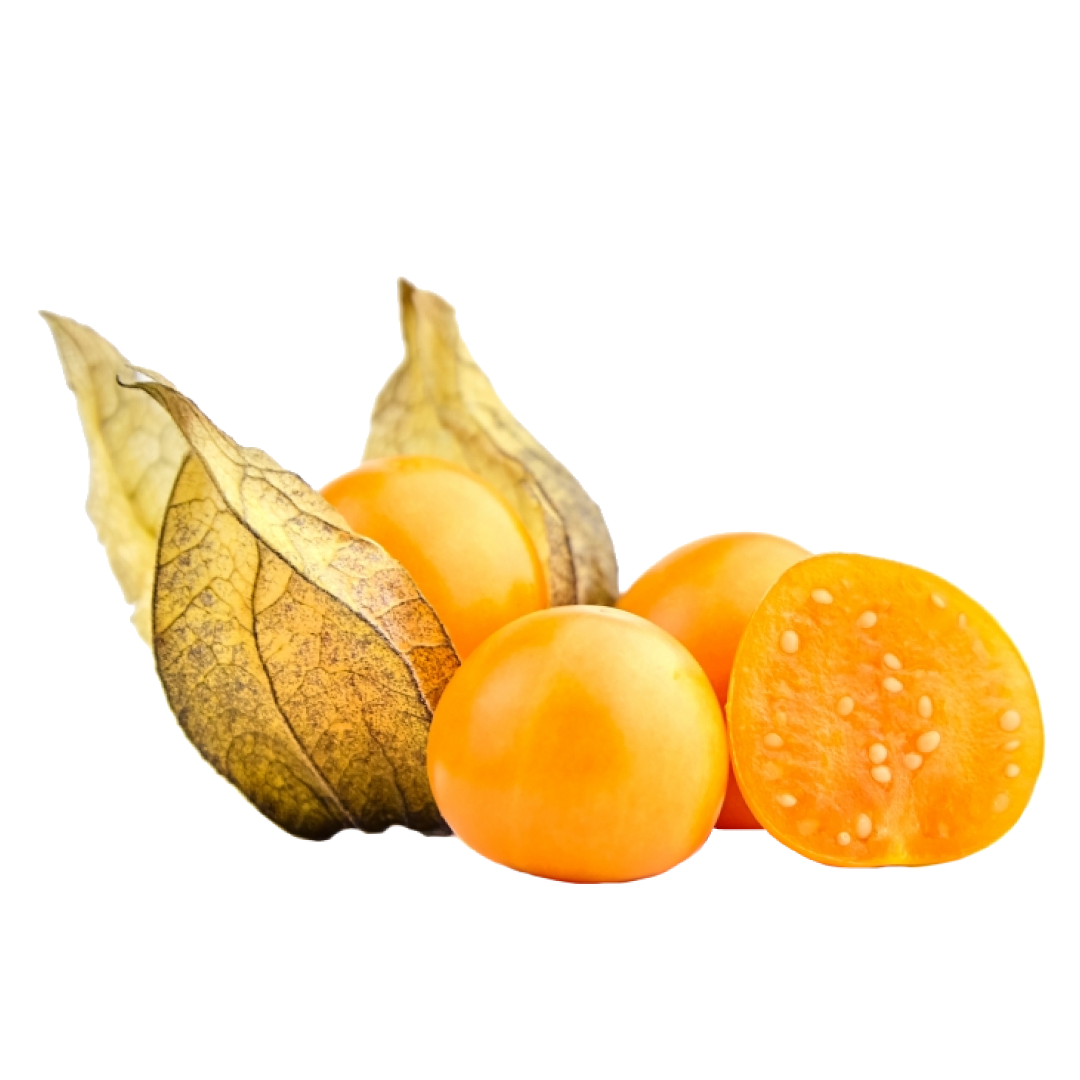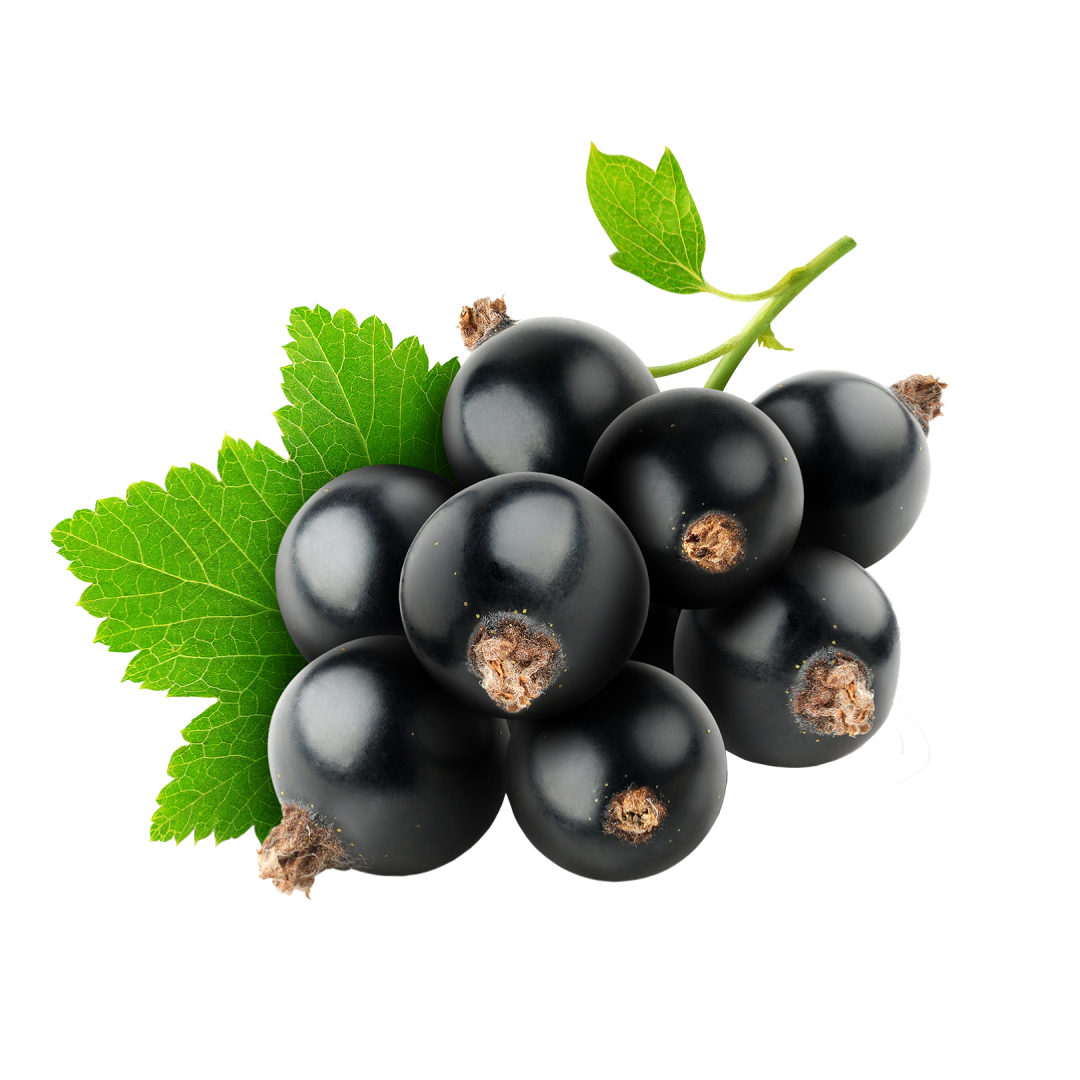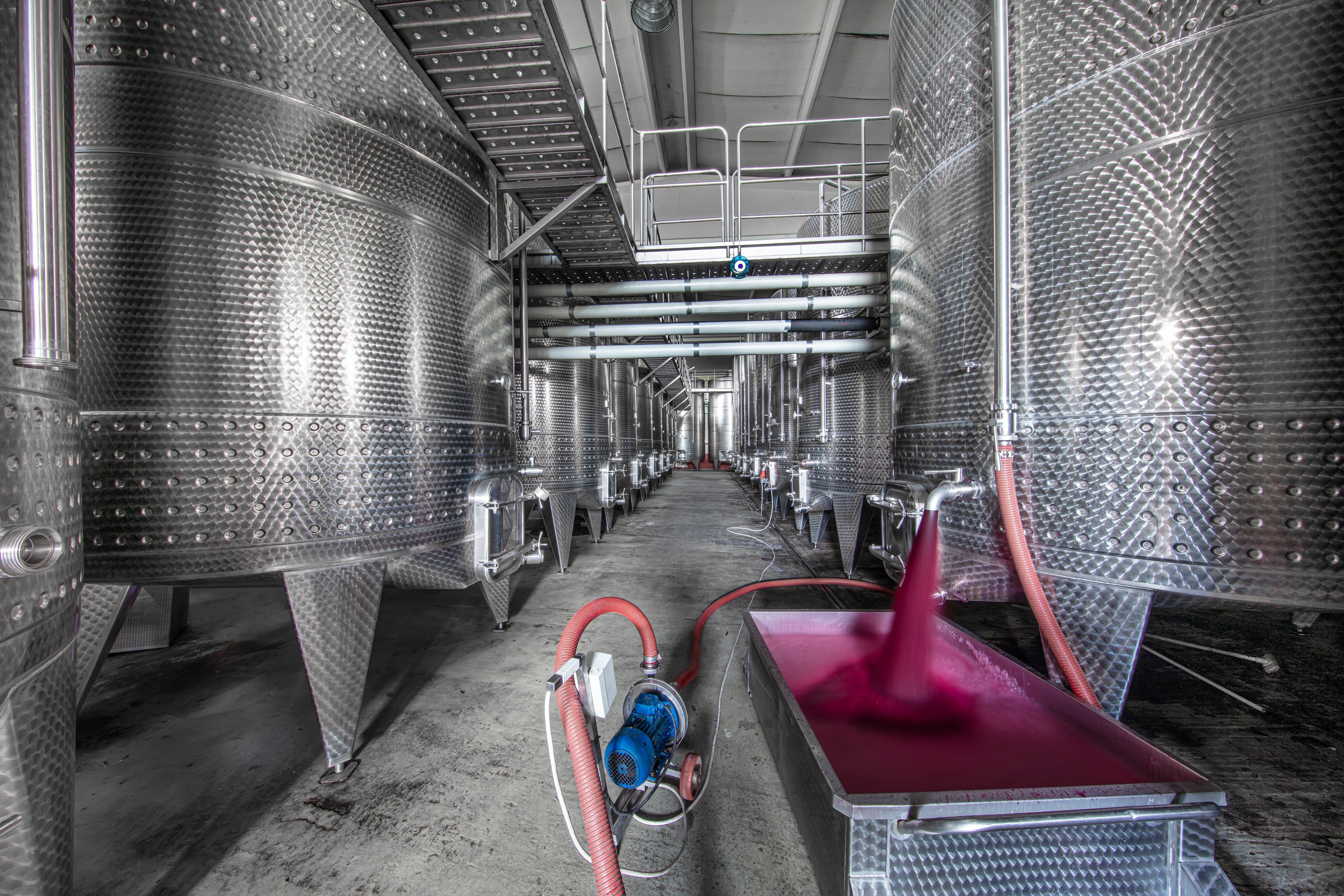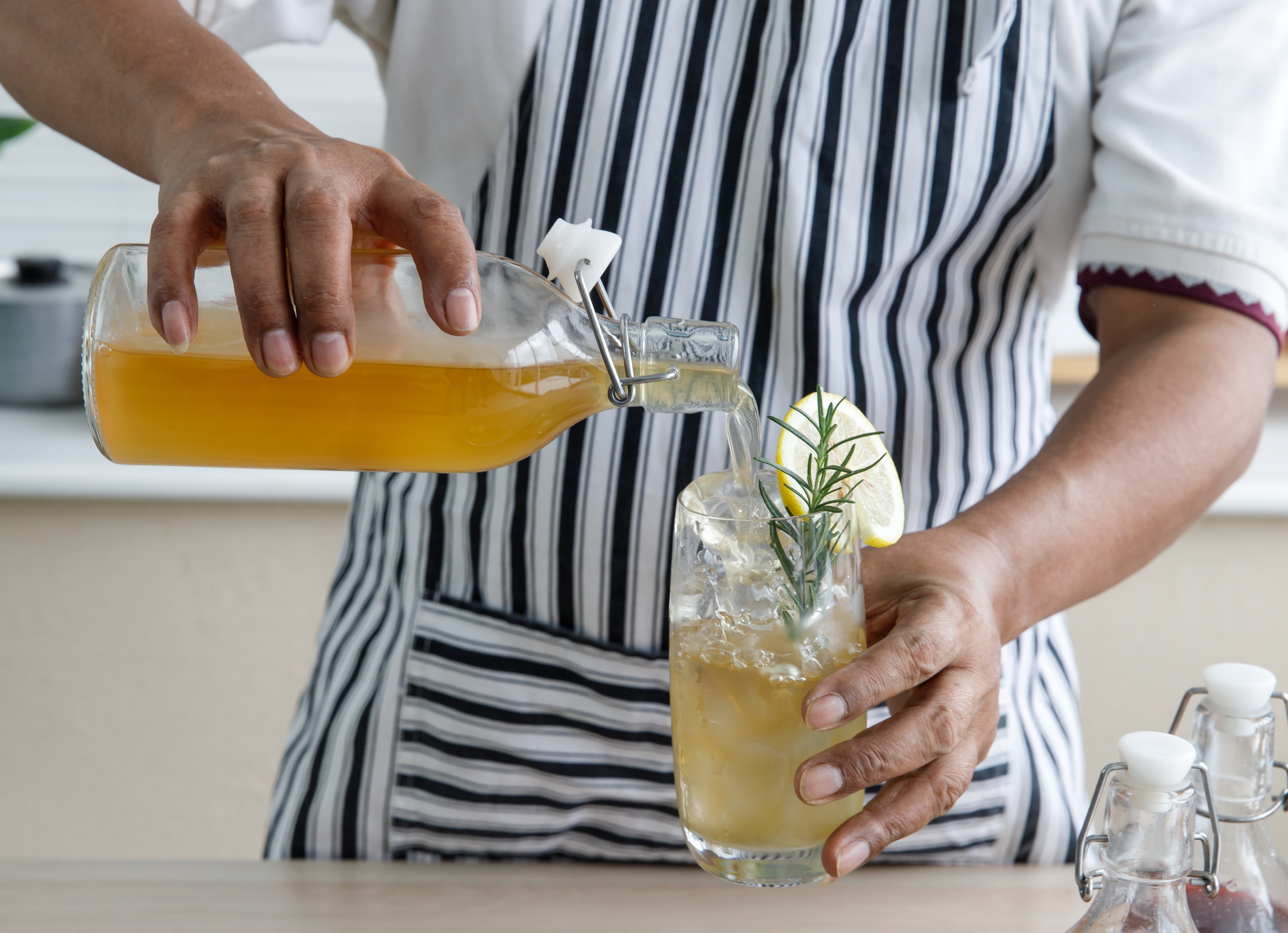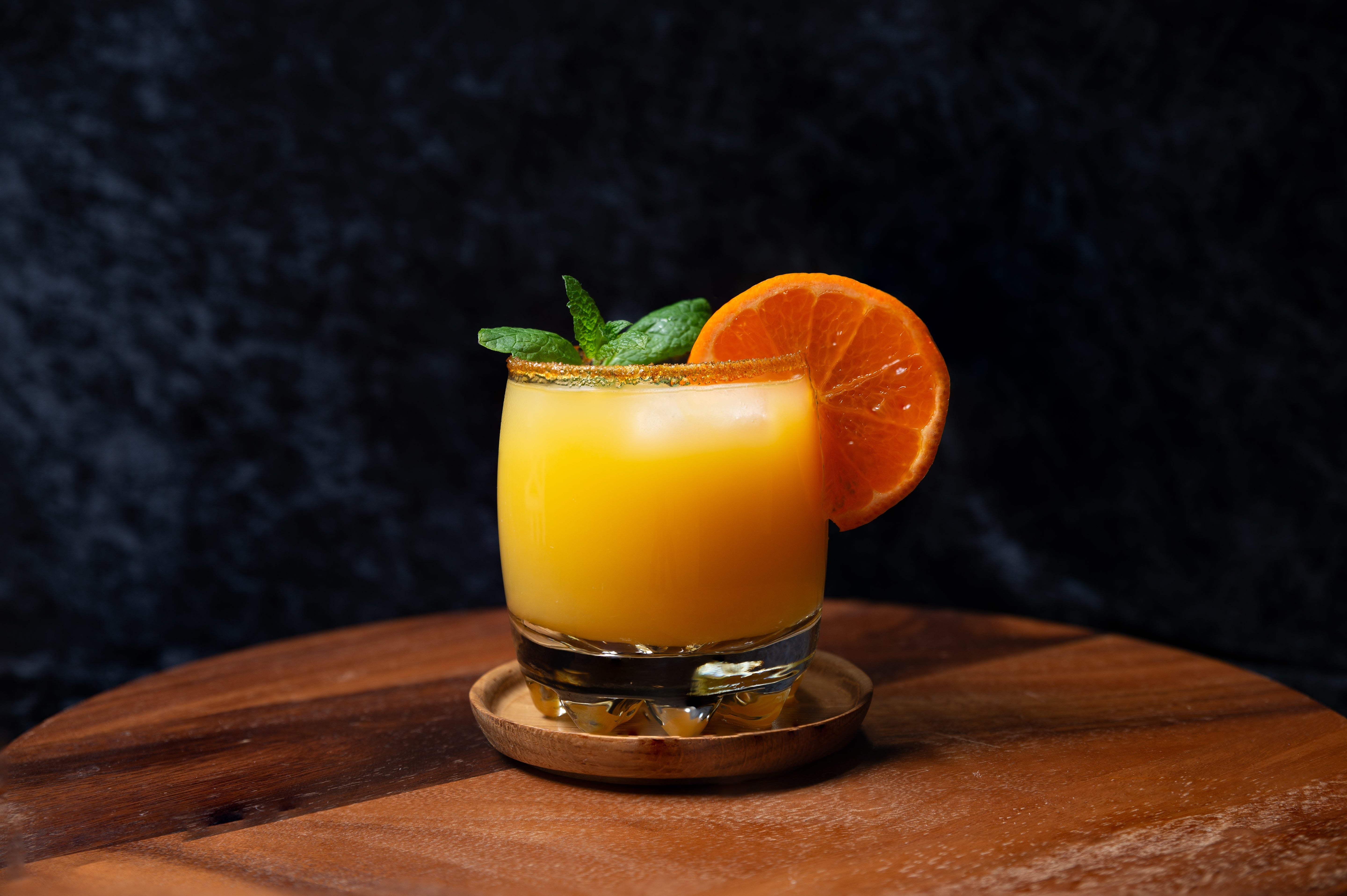Fermented drinks have been a mainstay in the culture and gastronomy of many civilizations. Today, they have evolved from homemade preparations to sophisticated industrial processes. Consumers worldwide primarily consume fruit-based soft drinks, milk kefir, and fermented tea, such as kombucha. (Bahena, 2023; Mordor Intelligence, 2024a).
These beverages have become popular in countries like the United States and Canada. This is due to consumers' interest in satisfying health aspects. In fact, analysts expect the market size in North America to grow at an annual rate of 5.25 % over the next five years (Bahena, 2023; Mordor Intelligence, 2024a).
So, learn about the most significant characteristics of these fermented drinks and how companies industrially process them.
1. Fruit-based Non-alcoholic Fermented Drinks
Non-alcoholic fermented drinks are gaining popularity around the world. Their growing demand is due to consumers looking to enjoy tasty and visually appealing non-alcoholic cocktails. Among the preferred flavors is blackberry, with 19 %, followed by strawberry, with 15 % (Bahena, 2023; The Food Tech, 2023).
In addition, its industrial production requires three stages: non-alcoholic distillation, fermentation, and maceration. In these, it is necessary to implement good production practices. Among them (The Food Tech, 2023):
• First: quality raw material, such as 100% natural fruit purées.
• Second: automated production equipment.
• Also, rigorous quality control at each stage of the process.
2. Milk Kefir, One of the Most Popular Fermented Drinks
Kefir is a drink based on milk and kefir granules. It is known for its sour and effervescent taste, as it is one of the ideal fermented drinks for high-protein shakes. Among its variants are water kefir and tea kefir.
On the other hand, the countries where its popularity is growing the fastest are the United States and Canada. This is due to its versatility and benefits. In addition, analysts expect the annual market rate to grow by 6.4% over the next five years (Mordor Intelligence, 2024b).
Its industrial processing requires three stages: inoculation of milk with kefir granules, fermentation for 24 hours at room temperature, and maturation for 15 to 20 hours with fruit to improve its flavor. On the other hand, for its massification, it is necessary to apply best practices such as (De La Mano et al., n.d.; Mordor Intelligence, 2024b):
- High-quality ingredients: pasteurized milk and seasonal fruits.
- A clean and sterile environment to avoid contamination.
- Fermentation monitoring to ensure the quality of the final product.
3. Kombucha, is among the Most Consumed
A symbiotic colony of bacteria and yeast sweetens kombucha, a fermented tea drink. It is known for its slightly acidic and effervescent taste. Thanks to the benefits of kombucha, many people in the United States and Canada consider it one of the most popular fermented drinks. The North American market size is expected to grow at a compound annual growth rate of 12.42% from 2023 to 2028 (Mordor Intelligence, 2024c).
Also, for its industrial processing, three stages are required: preparation of the tea, fermentation for 7-10 days, and a second fermentation with fruit juice for a few additional days. Some practices that should be implemented to achieve an optimal production flow are (Mordor Intelligence, 2024c):
- First, high-quality ingredients: filtered water, tea, sugar, and fruit juice.
- Second, constant monitoring during fermentation.
- Third, strict quality control to ensure the production of a high-quality product.
Fermented beverages are increasingly popular globally due to their pleasing taste and health benefits. On the other hand, in the United States and Canada, demand is growing, driven by consumers seeking quality and healthy products. These have come a long way from their artisanal origins to modern industrial production. Thanks to the use of quality ingredients and rigorous control, the industry can offer safe products to consumers.
To learn more about an excellent variety of products, visit Bierfrucht and discover the quality behind each of our fruit purées
Referencias Bibliográficas
Bahena, L. (2023, December 1st). Los lanzamientos en bebidas fermentadas han crecido un 10%. The Food Tech. https://thefoodtech.com/tendencias-de-consumo/los-lanzamientos-en-bebidas-fermentadas-han-crecido-un-10/
De La Mano, L., Kaimen, A., López, F., Moreno, L., Alfageme, C. y Drolas, C. (s. f.). Descripción y análisis de las técnicas de producción de kefir. Revista Nutrición Investiga. https://escuelanutricion.fmed.uba.ar/revistani/pdf/21b/an/927_c.pdf
Mordor Intelligence. (2024a). Análisis de participación y tamaño del mercado de bebidas probióticas de América del Norte tendencias de crecimiento y pronósticos (2024-2029). https://www.mordorintelligence.com/es/industry-reports/north-america-probiotic-drinks-market
Mordor Intelligence. (2024b). Análisis de participación y tamaño del mercado de kéfir tendencias y pronósticos de crecimiento (2024-2029). https://www.mordorintelligence.com/es/industry-reports/kefir-market
Mordor Intelligence. (2024c). Tamaño del mercado de Kombucha de América del Norte y análisis de participación tendencias de crecimiento y pronósticos (2024-2029). https://www.mordorintelligence.com/es/industry-reports/north-america-kombucha-market
The Food Tech. (2023, November 21st). Tendencias en coctelería sin alcohol: sabores y experiencias que conquistan el mercado. https://thefoodtech.com/tendencias-de-consumo/tendencias-en-cocteleria-sin-alcohol-sabores-y-experiencias-que-conquistan-el-mercado/
